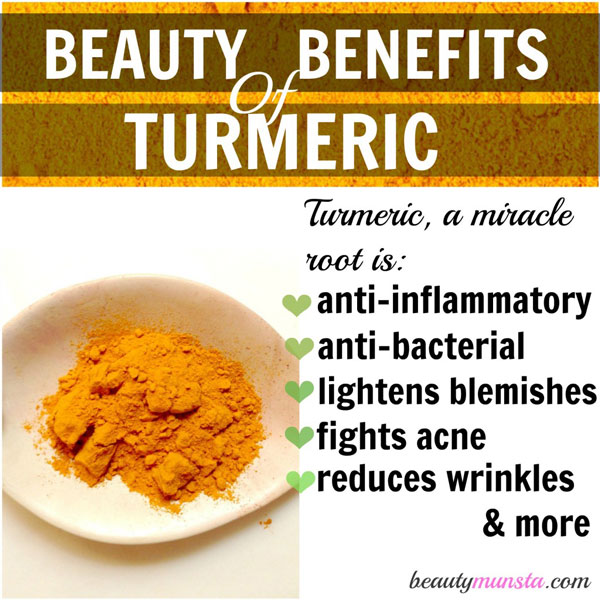
When added to one’s lifestyle, however, it has shown some promising qualities, some of which we will explore in this article! If it’s not magic, then what is turmeric? Turmeric is not a magical plant that can cure everything wrong with one’s life. Unfortunately, that previous sentence is false.

For instance, turmeric the wonder herb can prevent or solve dementia, cure arthritis, and reverse aging! In present day, as the popularity of natural herbs to treat illnesses increases, supplements can be falsely touted as “silver bullets”. These data will assist urologists in their role in educating colleagues regarding testosterone deficiency syndrome, cardiovascular mortality and risk factors.Herbal supplements have been around as long as humans have gathered plants. Most bothersome is the absence of hematology data.ĭespite their flaws, the 2 papers shouldn’t be dismissed, but evaluated thoughtfully together with the ones showing positive results with TRT. The mean duration of treatment was just over 1 year and 82.4% filled more than 1 prescription, but there is no information as to how many thereafter. Details of the total T measurement are absent and no reason is given as to why they received TRT. To the above I would add that the extensive and sophisticated statistical methodology employed does not eliminate the inherit bias of the study or the follow-up, which is too short for current standards. of those prescribed T, 17.6% did not renew their initial prescription (personal communication, 2013). why and how did the physicians decided to measure T but to treat some men but not others? d. as a retrospective study it is “hypothesis generating” but presents no factual evidence, c. the subjects were already at high risk of heart attack and stroke as 80% had documented coronary artery disease, b. Richard Bebb (Vancouver, BC) provided further insights: a. The accompanying editorial 8 pointed to some of its weaknesses, including: (1) its retrospective nature with linkage of results of a single T determination with pharmacy data, (2) the “frustrating little information… whether TRT was appropriately prescribed” and (3) “the generalizability of the results to the broader population.” Dr. 6 It is little wonder that the study had to be stopped. Furthermore, in the T group, “as compared with the placebo group there was a significant increase in hemoglobin and hematocrit.” The large TIMERISK study in younger and healthier men convincingly showed that borderline polycy-themia is associated with increased risk of cardiovascular mortality. 5 There was a distinct increased proportion of CVAEs in those reaching T levels >1000 ng/dL (34.6 nmol/L), and a lesser increase in those with levels between 500 to 1000 ng/dL (17.3–34.6 nmol/L) and even fewer among subjects with levels £500 ng/dL. In addition to the subjects’ physical limitations and the fact that the study was not designed to assess CVAEs, many of the participants reached supra-physiological T values during T therapy, a bad idea, according to the Endocrine Society Guideline. The first study 4 showed increased cardiovascular adverse events (CVAEs) in elderly men (mean age: 74±5) with serious mobility problems on TRT. Both, however, have flaws, but received considerable uncritical attention in the medical and lay media. They are important not only because of their provenance, but also the quality and impact of the journals publishing them. This should be weighed against 2 recent differing, high-profile studies (not cited) that need commentary. The paper cites some of the numerous publications supporting the use of TRT in men with TDS for its cardiovascular benefits. 3 The focus has now switched to the consequences of hypogonadism and T replacement therapy (TRT) in the context of cardiovascular health. 2 Much of the brouhaha pertains to testosterone (T) and prostate safety.

The result is cacophony of opinions creating much confusion and detriment to patients and physicians alike. The controversy is bolstered by the “expert” views from all of walks of life: from endocrinologists and epidemiologists to urological surgeons and gerontologists, from the lay press to the regulatory agencies and from the pharmaceutical to the film industries. 1 Although the questionnaire used is not shown and there is no evidence that it was validated, the responders appear to be adequately informed and properly cautious on the management of a condition which is at the centre of considerable and, frequently poorly informed controversy.

The results of this regional study are interesting, but cannot be applied country-wide.


 0 kommentar(er)
0 kommentar(er)
